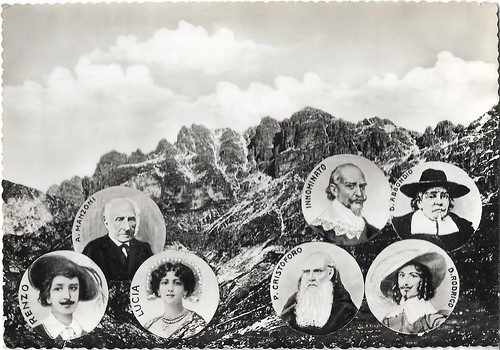
Italian postcard by Ed Foto Marenzi, Calolziocorte, no. 39. Alessandro Manzoni and the characters from ' I promessi sposi'.
Ambrosio version 1913
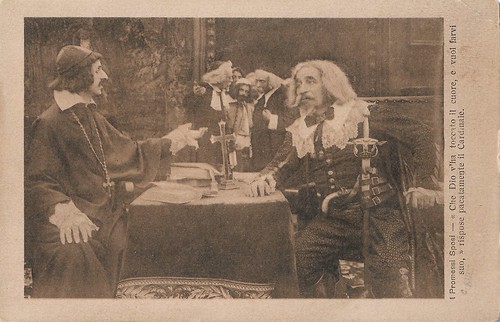
Italian postcard. Photo: Ambrosio. Edoardo Rivolta as Cardinal Borromeo talking to L'Innominato, played by Antonio Grisanti in I promessi sposi (Eleuterio Rodolfi, 1913). Caption: May God have touched your heart and make you his, the Cardinal solemnly responded. This version starring Mario Voller-Buzzi as Renzo and Gigetta Morano as Lucia was internationally acclaimed. The film produced by the Ambrosio company was welcomed in the USA as ‘entirely worthy to be enrolled in the list of the world’s moving picture classics’.

Italian postcard. Photo: Ambrosio. Mario Voller-Buzzi as Renzo in I promessi sposi (Eleuterio Rodolfi, 1913). Caption: But!... Renzo said, again holding his finger to his mouth.

Italian postcard. Photo: Ambrosio. Scene from I promessi sposi (Eleuterio Rodolfi, 1913). Caption: He cautiously knocked on the door, pretending to be a lost pilgrim in need of staying the night over for recovery. [Il Griso and his bravos search in vain the house of Agnese and Lucia].
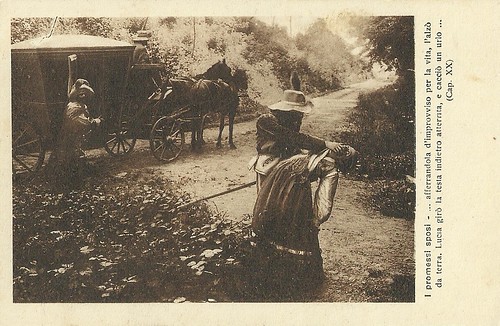
Italian postcard. Photo: Ambrosio. Gigetta Morano as Lucia in I promessi sposi (Eleuterio Rodolfi, 1913). Caption: Lucia's abduction. He suddenly gripped her by the waist and lifted her from the ground. Terrified, Lucia turned her head backward and drove out a scream.
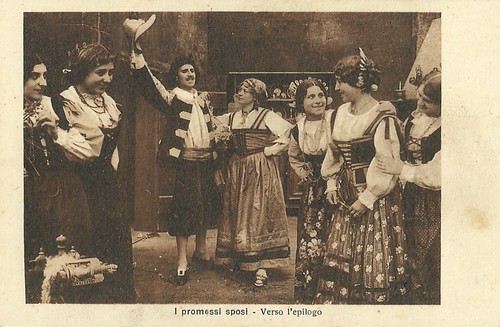
Italian postcard. Photo: Ambrosio. Mario Voller-Buzzi as Renzo and Gigetta Morano as Lucia in I promessi sposi (Eleuterio Rodolfi, 1913). Caption: Towards the epilogue.
An ode to Napoleon
Alessandro Francesco Tommaso Manzoni was born in 1785 in Milan He was the son of Pietro Manzoni and Giulia Beccaria. His grandfather, Cesare Beccaria, was a well-known criminologist, jurist, and politician. In 1792, his parents separated and his mother left for England and Paris. Manzoni stayed in Italy for a few more years, after which he followed his mother to Paris in 1805.
In Paris, he moved in radical circles and became a convert to Voltairian skepticism. His anticlerical poem 'Il trionfo della libertà' demonstrates his independence of thought. When his mother’s lover and his father died, the former left him a comfortable income, through his mother.
In 1808 he married Henriette-Louise Blondel, the daughter of a Swiss banker and a Protestant by faith. Two years later, Henriette-Louise changed her faith and became a Catholic. Two years later Manzoni himself returned to Catholicism.
Retiring to a quiet life in Milan and at his villa in Brusuglio, he wrote between 1812 and 1815 a series of religious poems, 'Inni sacri' (The Sacred Hymns), on the church feasts of Christmas, Good Friday, and Easter, and a hymn to Mary. The last, and perhaps the finest, of the series, 'La pentecoste', was published in 1822.
Among Manzoni's other books and poems are 'Il Conte di Carmagnola' (The Count of Carmagnola, 1820), a romantic work depicting a 15th-century conflict between Venice and Milan, 'Il cinque maggio' (The Napoleonic Ode, 1822), an ode, written on the death of Napoleon in 1821, and the tragedy 'Adelchi' (Adelgis, 1822), which deals with the ending of Lombard domination in Upper Italy by Charlemagne and contains many allusions to Austrian rule in Milan and Venice.
UCI version 1922
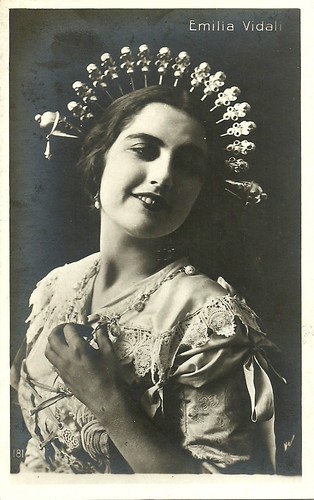
Italian postcard by G. Vettori, Bologna. Photo: U.C.I. Emilia Vidali played the female lead of Lucia in Mario Bonnard's adaptation of Alessandro Manzoni's I promessi sposi (1922).

Italian postcard by G. Vettori, Bologna, no. 17. Photo: U.C.I. Don Rodrigo's bravi, led by Griso (Raimondo Van Riel), threaten Don Abbondio (Umberto Scalpellini) in I promessi sposi (Mario Bonnard, 1922). Caption: This matrimony will not take place, not tomorrow, not ever.

Italian postcard by G. Vettori, Bologna, no. 17. Photo: U.C.I. Bonaventura Ibáñez as Cardinale Borromeo and Rodolfo Badaloni as L'Innominato in I promessi sposi (Mario Bonnard, 1922). Caption: The conversion of L'Innominato.
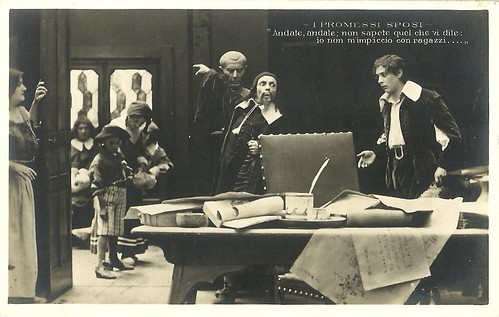
Italian postcard by G. Vettori, Bologna, no. 17. Photo: U.C.I. Scene from I promessi sposi (Mario Bonnard, 1922) Renzo (Domenico Serra) is sent away by the corrupt lawyer Azzeccagarbugli. On the left stands Luciana's mother Agnese (Ida Carloni Talli). Unknown is who played the lawyer. Caption: Go, go; you don't know what you are talking about: I don't mess with children...
The struggle of two peasant lovers
Manzoni’s masterpiece was the historical novel 'I Promessi Sposi' (The Betrothed; 1825–1827), set in early 17th-century Lombardy during the period of the Milanese insurrection, the Thirty Years’ War, and the plague. It is a sympathetic portrayal of the struggle of two peasant lovers whose wish to marry is thwarted by a vicious local tyrant and the cowardice of their parish priest. A courageous friar takes up the lovers’ cause and helps them through many adventures to safety and marriage.
Manzoni’s resigned tolerance of the evils of life and his concept of religion as the ultimate comfort and inspiration of humanity give 'I Promessi Sposi' its moral dimension, while a pleasant vein of humour in the book contributes to the reader’s enjoyment. The novel brought Manzoni immediate fame and praise from all quarters, in Italy and elsewhere.
Manzoni played a major role in the so-called 'Questione della lingua'. His interest in a national language arose from his own frustration at not being able to communicate with other Italians in other areas of Italy. His whole life was devoted to the language question.
His wife died in 1833, followed by the death of some of their children and Manzoni's mother. His second wife, Teresa Borri, whom he married in 1837, also died before Manzoni. At that time, two of Manzoni's nine children were still alive. In 1873, Manzoni fell with his head on the steps of the San Fedele church in Milan. After a five-month illness, Manzoni died in 1873.
Manzoni's views were promoted even after his death. However, by this time the idea of national identity and language had already grown among the better-educated generation, which was expressed in fourteenth-century Florentine. This language was already widely spoken in economically developed cities and thus became widespread throughout Italy.
The famous Italian opera composer Giuseppe Verdi wrote his famous 'Messa da Requiem' for the first commemoration of the anniversary of Manzoni's death, which is therefore also referred to as the 'Requiem per Manzoni'.
The 1941 version
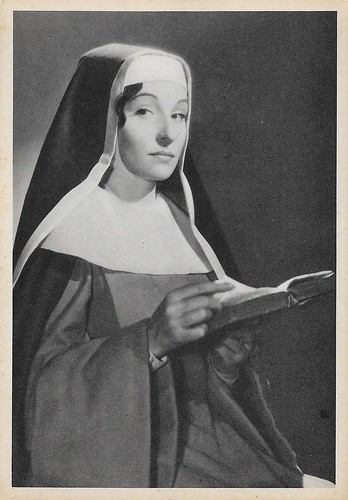
Italian postcard by S.A. Grafitalia, Milano (Milan). Photo: Film Lux. Evi Maltagliati as the Nun of Monza in I promessi Sposi/The Spirit and the Flesh (Mario Camerini, 1941).

Italian postcard by S.A. Grafitalia, Milano (Milan), no. 3. Photo: Film Lux. Publicity still for I Promessi Sposi/The Spirit and the Flesh (Mario Camerini, 1941). Don Abbondio (Armando Falconi) warns Perpetua (Ines Zacconi) to take the menace seriously and keep her mouth shut.

Italian postcard by S.A. Grafitalia, Milano (Milan), no. 5. Photo: Film Lux. Enrico Glori as Don Rodrigo (far right at the table) in I promessi Sposi/The Spirit and the Flesh (Mario Camerini, 1941).
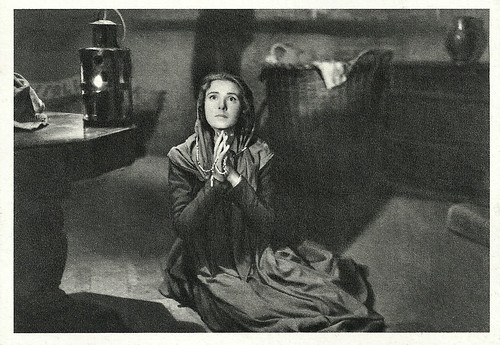
Italian postcard by S.A. Grafitalia, Milano (Milan), no. 10. Photo: Film Lux. Dina Sassoli as Lucia Mondella in I Promessi Sposi/The Spirit and the Flesh (1941, Mario Camerini).
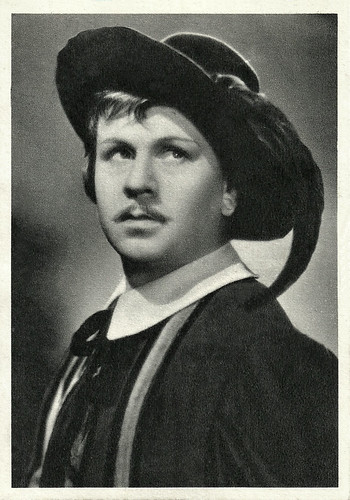
Italian postcard by S.A. Grafitalia, Milano (Milan), no. 10. Photo: Film Lux. Gino Cervi as Renzo Tramaglino in I Promessi Sposi/The Spirit and the Flesh (1941, Mario Camerini).

Italian postcard by S.A. Grafitalia, Milano (Milan), no. 16. Photo: Film Lux. Publicity still for I Promessi Sposi/The Spirit and the Flesh (Mario Camerini, 1941). The Innominato (Carlo Ninchi) lets Lucia (Dina Sassoli) go.
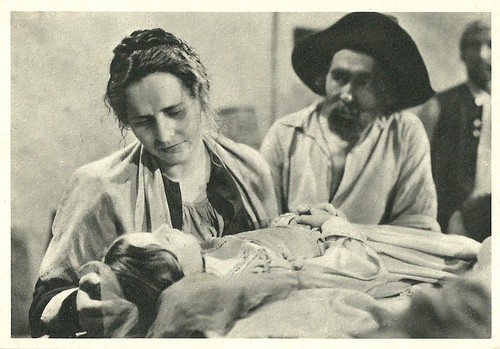
Italian postcard by S.A. Grafitalia, Milano (Milan), no. 18. Photo: Film Lux. Publicity still for I Promessi Sposi/The Spirit and the Flesh (Mario Camerini, 1941). The notorious Great Plague of Milan 1629-1631, in which almost half of the population of Milan perished.
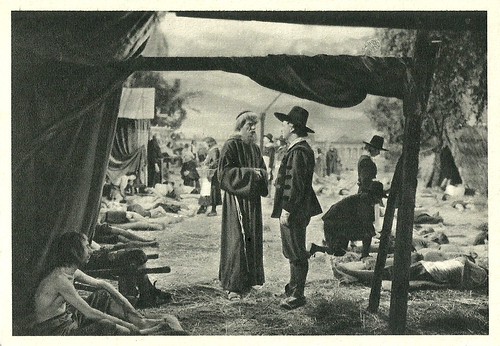
Italian postcard by S.A. Grafitalia, Milano (Milan), no. 19. Photo: Film Lux. Publicity still for I Promessi Sposi/The Spirit and the Flesh (Mario Camerini, 1941). Here Luis Hurtado as Padre Cristoforo and Gino Cervi as Renzo Tramaglino during the Plague in Milan.
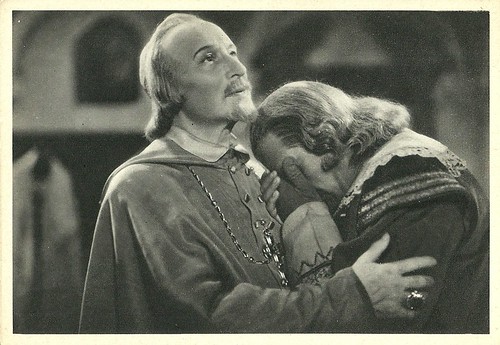
Italian postcard by SA Grafitalia, Roma. Photo: Lux Film. Ruggero Ruggeri as Cardinal Federigo Borromeo offers solace to the repenting Innominato (Carlo Ninchi) in I Promessi Sposi/The Spirit and the Flesh (Mario Camerini, 1941).

Italian postcard by S.A. Grafitalia, Milano (Milan), no. 20. Photo: Film Lux. Publicity still for I Promessi Sposi/The Spirit and the Flesh (Mario Camerini, 1941). Here Dina Sassoli as Lucia Mondella.
Sources: Encyclopaedia Britannica, Wikipedia (Dutch), and IMDb.
No comments:
Post a Comment